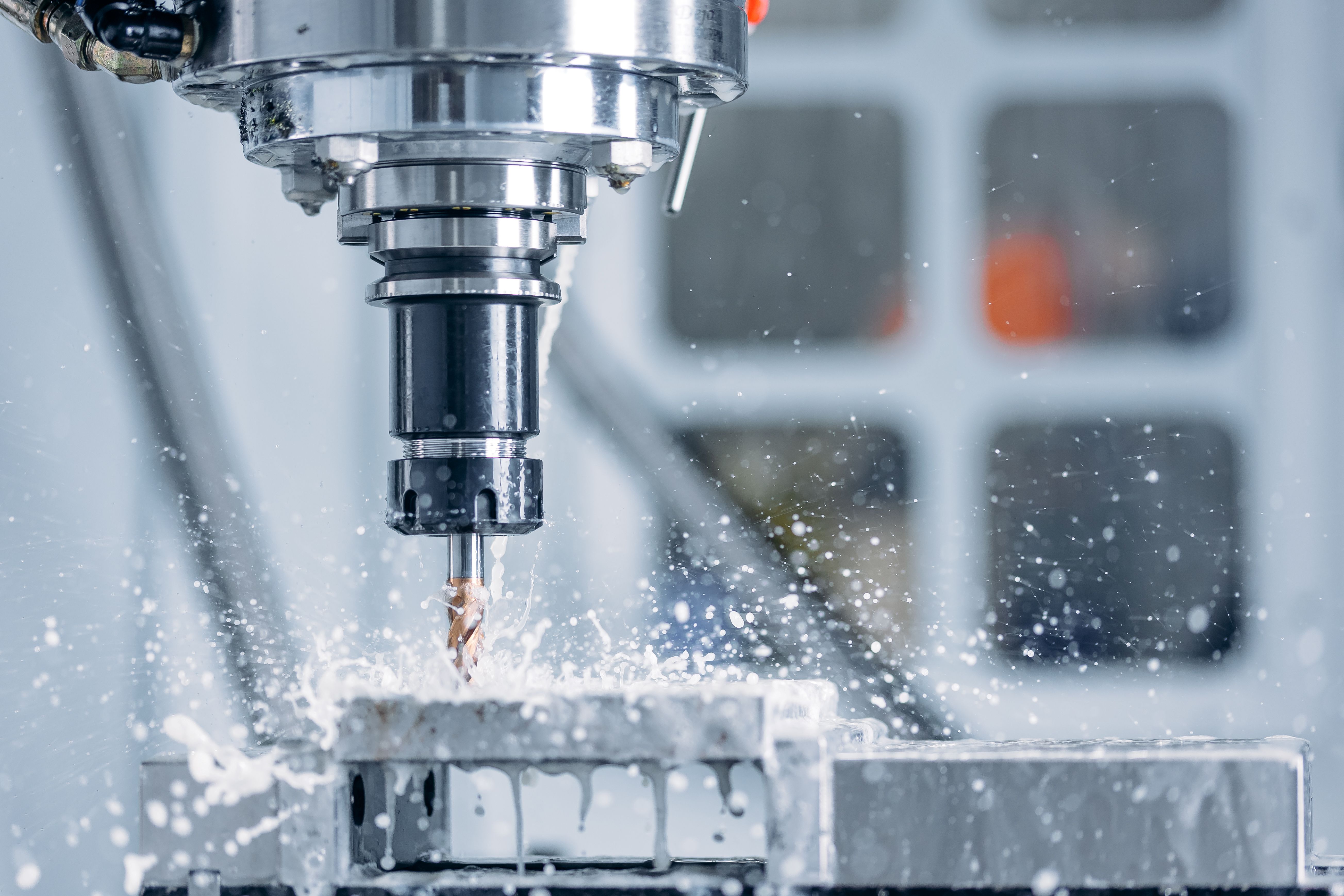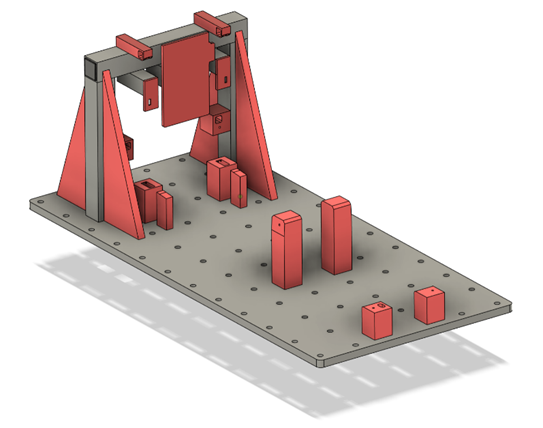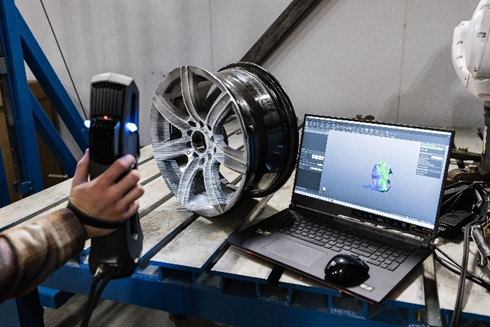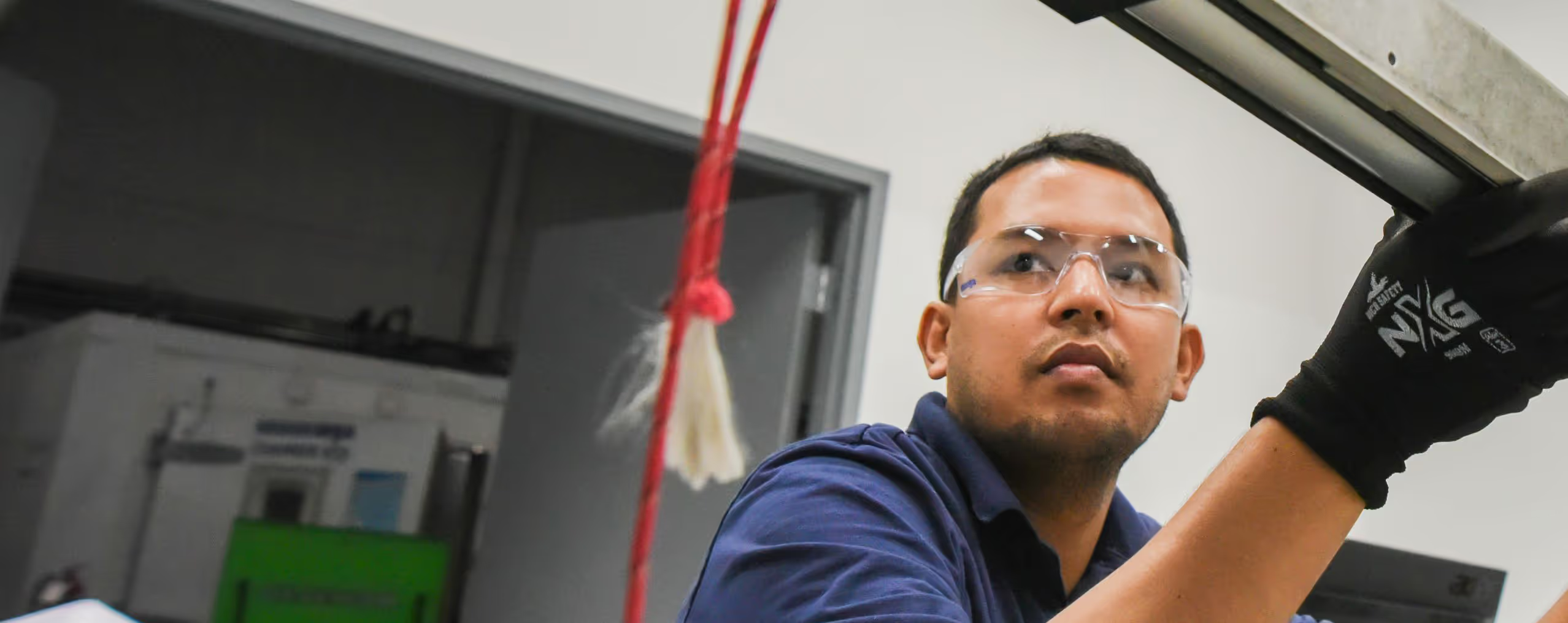MGA’s Robust Test Fixture Development Process
Oct 29, 2025

MGA has been building test fixtures since the early days of the company, more than 40 years ago. The approach that we utilize to develop fixtures has evolved as technical tools have been developed to enhance the overall process. These tools touch all aspects of the fixture process, including the design, build, and final verification phases. At MGA, our extensive experience designing and using our own fixtures has directly shaped how we approach our customers’ projects. Decades of testing and continuous refinement have given our team a deep understanding of what makes a fixture reliable and accurate. As the end-users of our own products, we’ve learned through hands-on trial and error how to develop innovative, practical solutions that deliver precise and repeatable test results.
This article will describe each step of our process and the tools we utilize.
- Concept: This stage involves collaboration with our customer to fully understand the goals of the project and the attributes of the fixture to support these goals. Typically, CAD data for the device being tested is provided by the customer, thoroughly reviewed, and conceptual drawings are developed. MGA accepts most commonly used CAD data formats, including STEP, IGES, etc.
- Design: This stage is where the actual fixture design is developed. Detailed 3D models of the fixture's dimensional geometry and other aspects are developed. In some cases, FEA is utilized to evaluate the strength, resonance, or other mechanical properties of the design. An iterative process will be used during this step to arrive at the most optimal design. MGA currently uses Fusion design software. This software is ideal for this application as its baseline tools are well-suited for fixture design and a streamlined build process.

- Review: At this point, the entire design is shared with the customer. Discussions will focus on ensuring that the attachments, edge conditions, and other aspects of the fixture properly simulate the in-use conditions of the device under test. This may result in modifications to the fixture design prior to the build.

- Build: MGA’s process involves developing a Bill of Materials, layout drawings, and detailed plans for the fabrication process. The actual fabrication will involve the use of either Hurco or Haas CNC machines in which tool path profiles are downloaded directly from the Fusion design files. Other machining activities include water-jetting, welding, and the final assembly process.

- Verification: The final step of the process involves a detailed inspection of the assembled fixture, check for sharp edges, part fitment, and dimensional measurement of key areas of the fixture. Dimensional measurements are made using either a FARO Coordinate Measurement Machine (CMM) or a Creaform 3D scanner. A summary report of the dimensions are detailed in a report provided to the customer with fixture delivery.

Additional information and examples of the fixtures we build can be found here. The process we use for fixture development is geared towards meeting the needs of our customers and has been proven effective over many years. Our approach offers a collaborative, timely way to develop fixtures for use in MGA or customer laboratories.
With fixture and fabrication capabilities at our Michigan, New York, and Mexico facilities, we are ready to provide you with comprehensive solutions that meet your needs. If you are interested in learning more, fill out the contact form today!

Ready to Get Started?
Let's discuss your testing needs and how MGA can help. Our team is ready to provide the expertise and solutions you're looking for.
